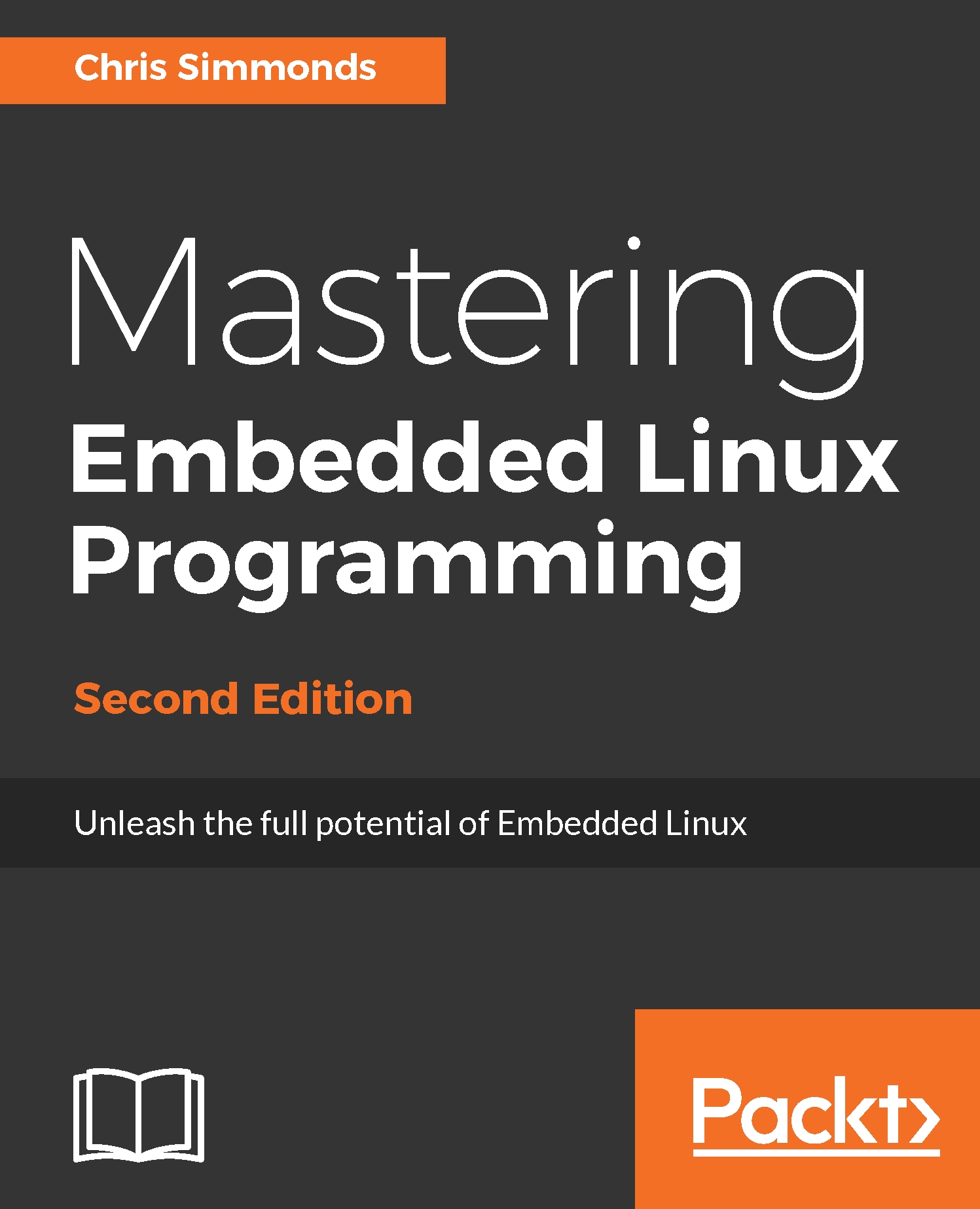In simpler times, some years ago, it was only necessary to place the bootloader in non-volatile memory at the reset vector of the processor. NOR flash memory was common at that time and, since it can be mapped directly into the address space, it was the ideal method of storage. The following diagram shows such a configuration, with the Reset vector at 0xfffffffc at the top end of an area of flash memory. The bootloader is linked so that there is a jump instruction at that location that points to the start of the bootloader code:

From that point, the bootloader code running in NOR flash memory can initialize the DRAM controller, so that the main memory, the DRAM, becomes available and then it copies itself into the DRAM. Once fully operational, the bootloader can load the kernel from flash memory into DRAM and transfer control to it.
However, once you move away...



